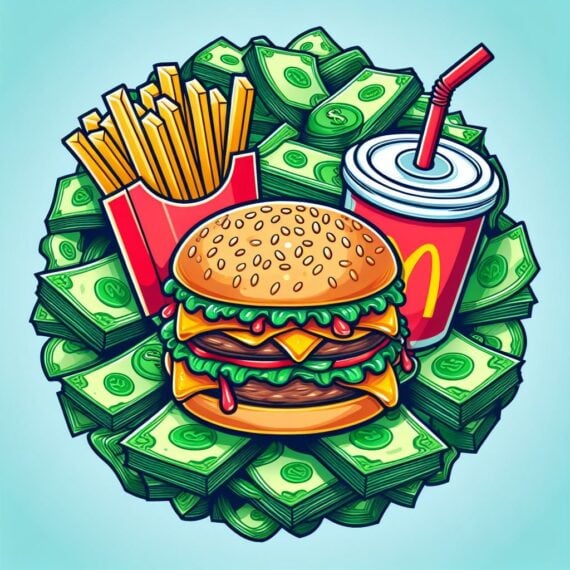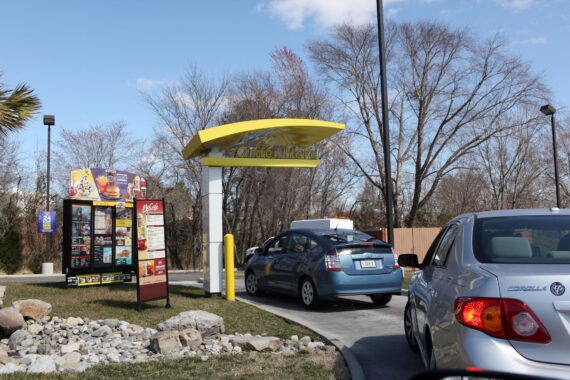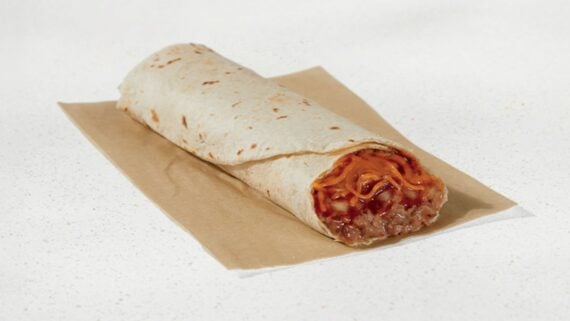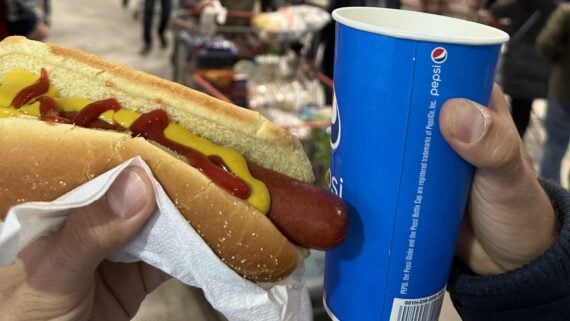There seems to be no end to the greed of giant fast-food chains. Prices keep rising no matter what inflation is doing, and it’s difficult to grab a “value” meal for less than $10, regardless of which fast-food chain you choose.
How do these restaurants keep people coming back when customers feel like they’re constantly being ripped off? As it turns out, there are lots of sneaky strategies that fast-food chains employ to pry as much money out of your wallet as possible.
Making Prices Less Obvious
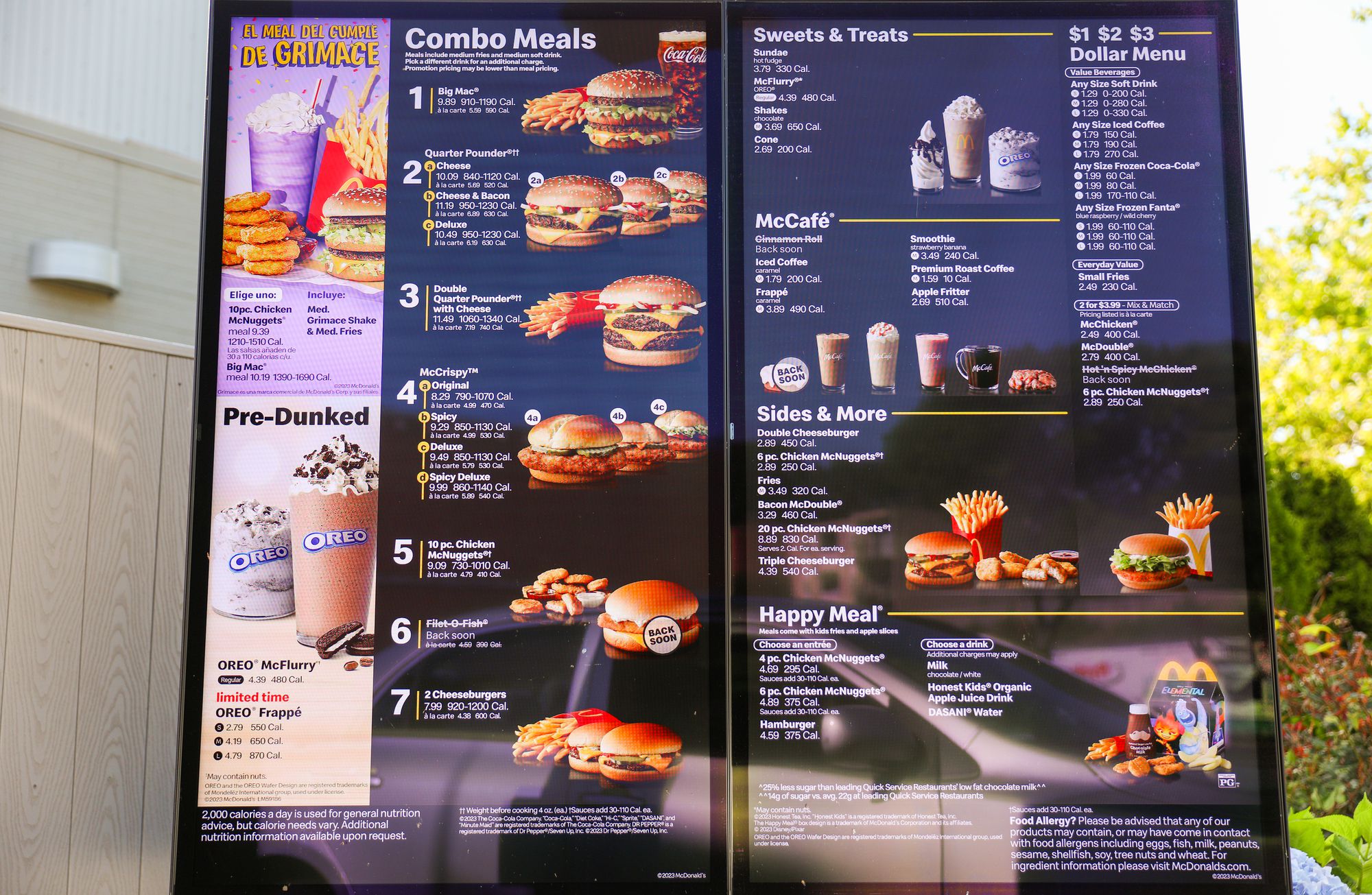
Once fast-food restaurants switched to digital menu boards, they could design the layouts with tricky intentions in mind. Prices are much smaller and less obvious than they used to be, in favor of large, mouthwatering photos of the food designed to make you want them. Many restaurants also dropped dollar signs from the menu boards completely, and use the old .89 or .99 pricing trick to make you think $9.89 is only $9 instead of close to $10.
Implementing Dynamic Pricing
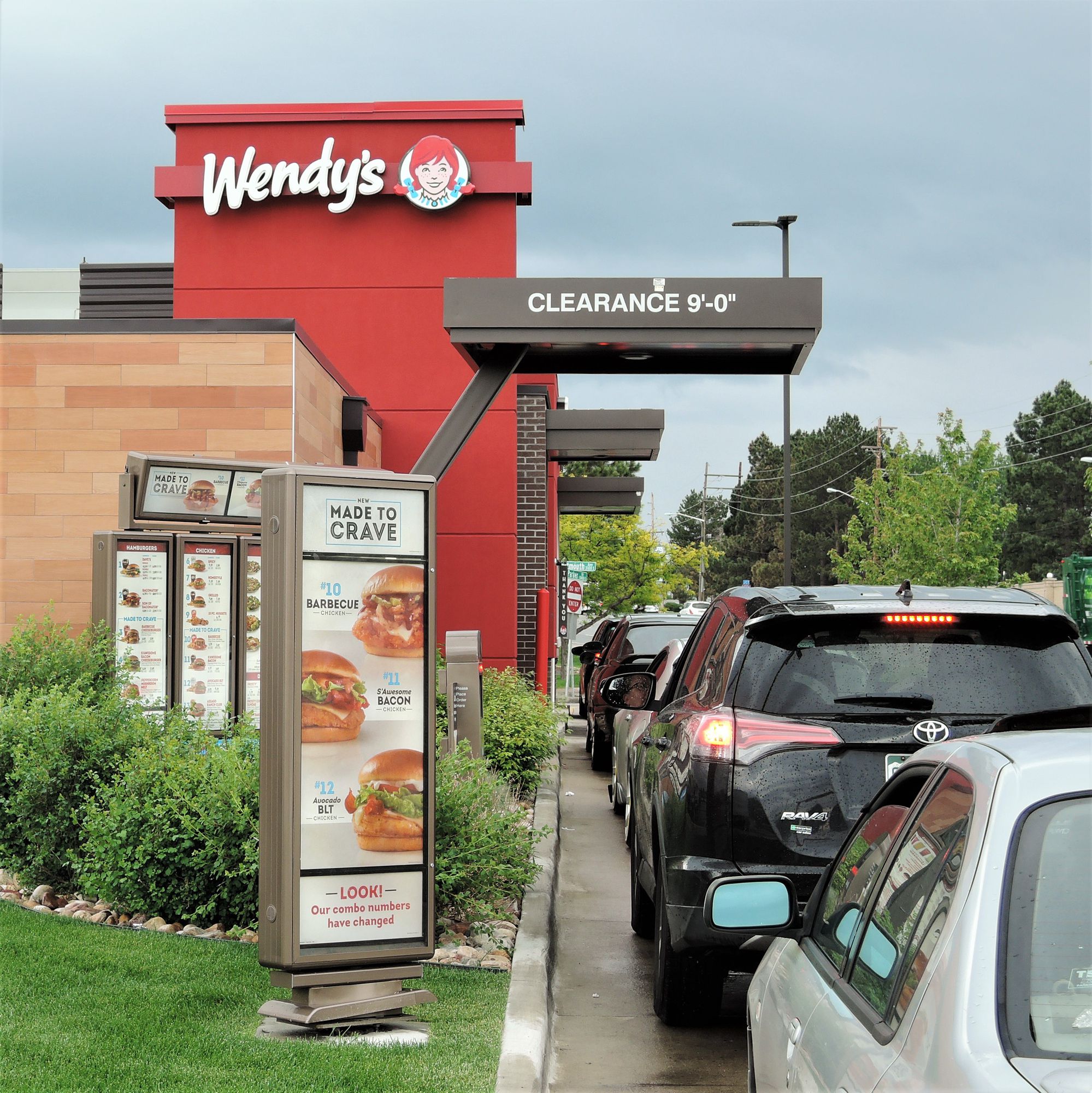
Dynamic pricing, where prices change over the course of a day (usually based on demand), may be coming to a fast-food location near you next year. Wendy’s made big news recently when it announced new digital menu boards planned for 2025, which would include “testing more enhanced features like dynamic pricing.” After uproar, the company walked back the statement, saying it plans to “offer discounts and value offers to our customers more easily, particularly in the slower times of day.” It still sounds like a way to get people to pay more when it’s busy to us.
Charging More for “Value” Meals
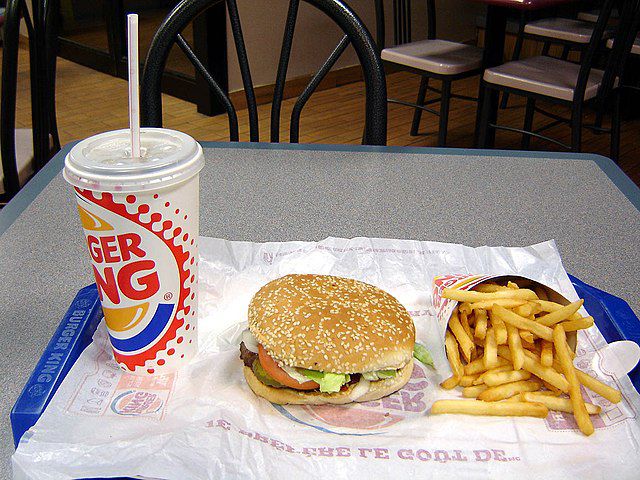
Have you ever done the math on your favorite value or combo meal? Chains make ordering a “number 3” really fast and easy, and you assume you’re getting a better deal by bundling the items. But it’s not always true, so you should do the math and see what the price would be if you purchase the same items a la carte. That’s especially true if you’d prefer to have a large drink but a small fry. If you bought the large combo meal, you’d be paying for the larger drink you didn’t want.
Charging for Sauces
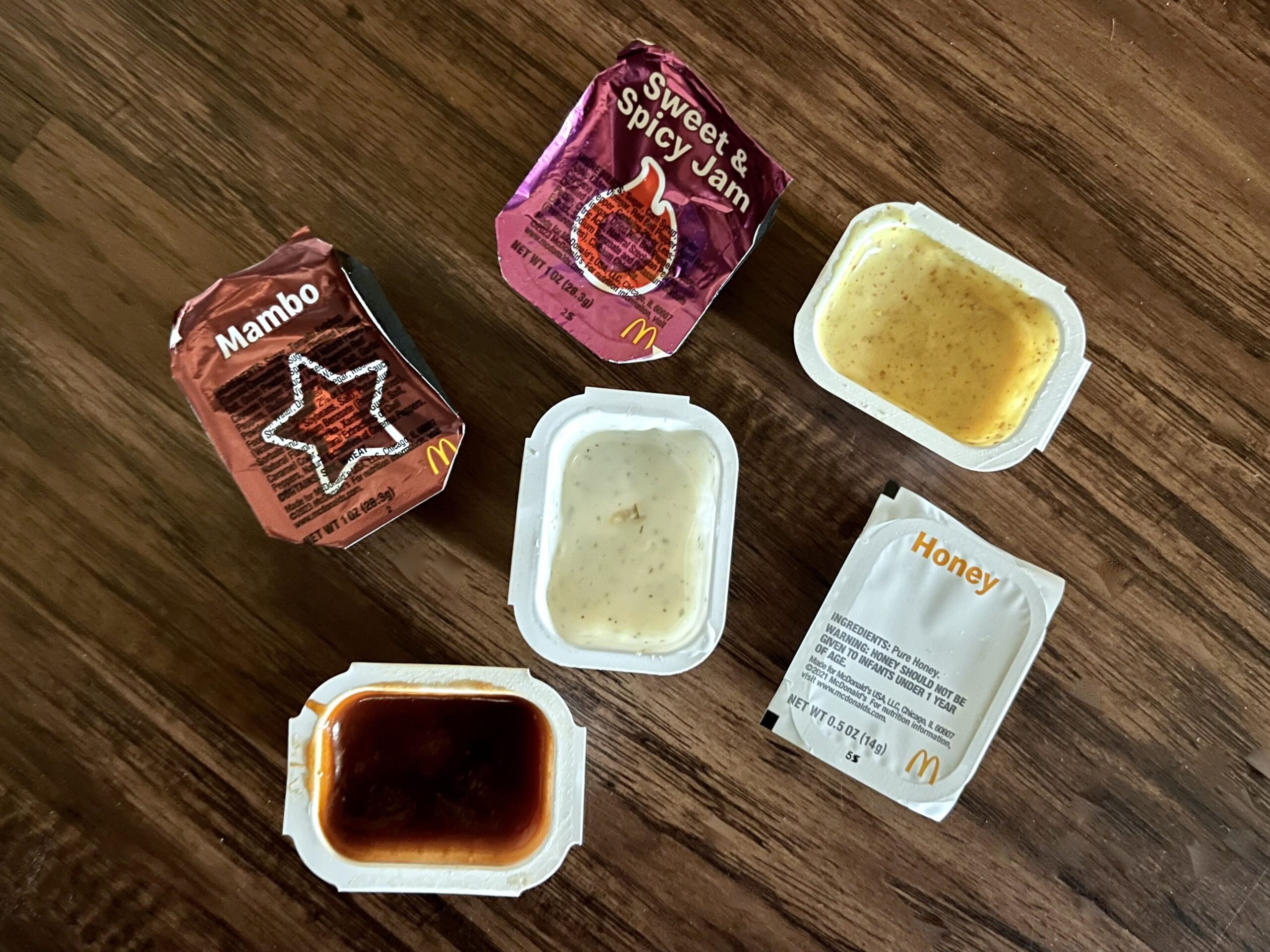
Remember when fast-food places used to give handfuls of sauces, no questions asked? Those were the days. Now, you get a predetermined amount of sauce per item, and you’re usually charged per sauce if you want extras. Notable exceptions to this rule are Taco Bell and Chick-fil-A, which are still generous with the packets.
Removing Toppings
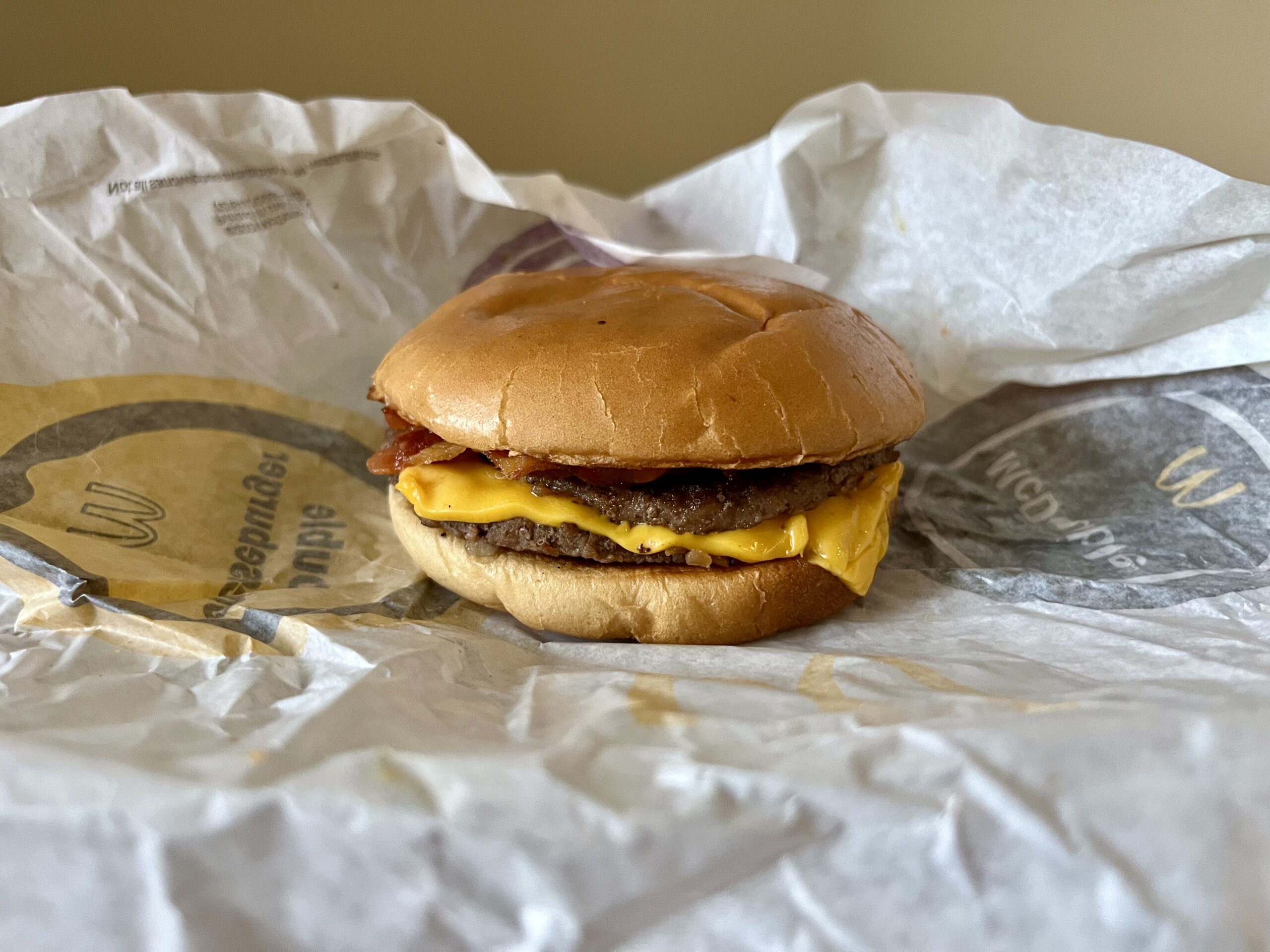
Sometimes, “standard” toppings just disappear without a word from your burger, sandwich, or taco. That means you’re paying the same amount — or more — and getting less value. For example, years ago, the McDouble used to have two slices of cheese, but now it only has one.
Trending on Cheapism
Using Misleading Names
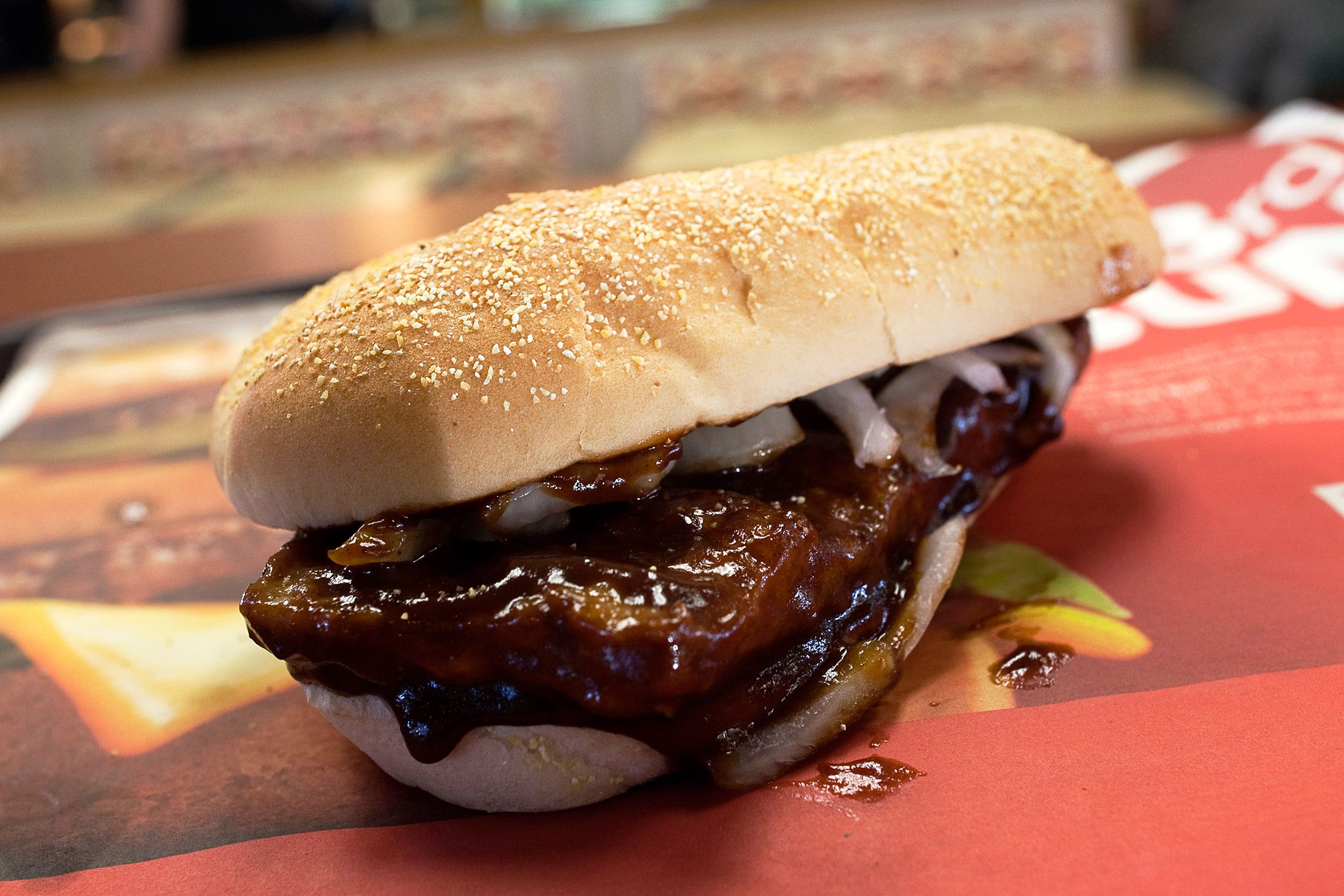
What’s in a name? Everything, to fast food. Chains often make up item names that suggest it’s something better than it is, or use names that skirt around laws. Consider this: The McRib is made from processed pork meat and is not, in fact, a slab of ribs on a bun. And many chains, including Burger King and Dairy Queen, call their ice cream soft serve, because the FDA regulates what can be labeled ice cream.
Only Offering Deals in the App
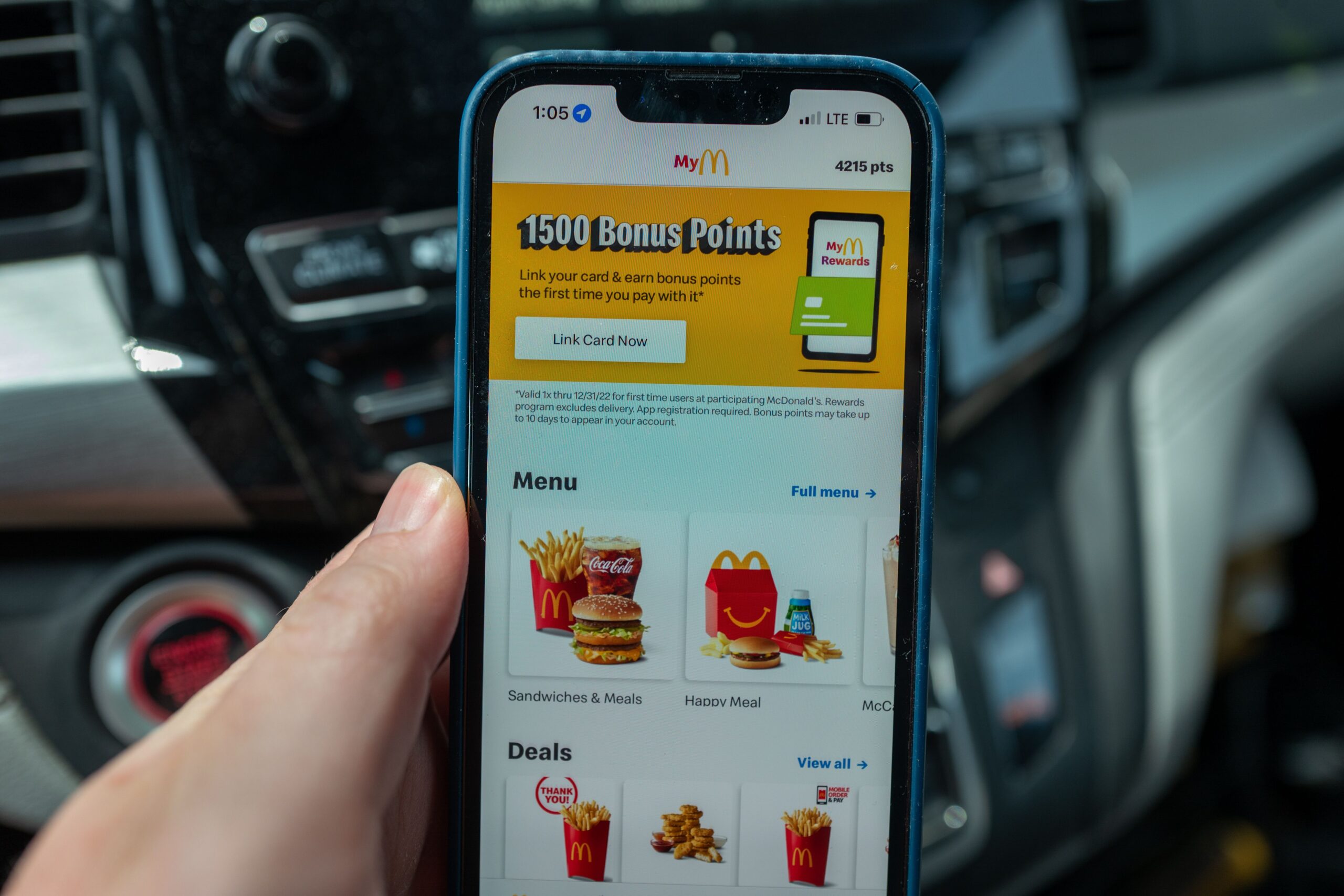
Almost every fast-food chain has a mobile app now, and it’s the only way to get the best deals most of the time. When people use the app to order, they tend to linger, instead of being rushed at a busy cash register or drive-thru. That often means they tend to spend more, despite the deals offered.
Making Menus Confusing
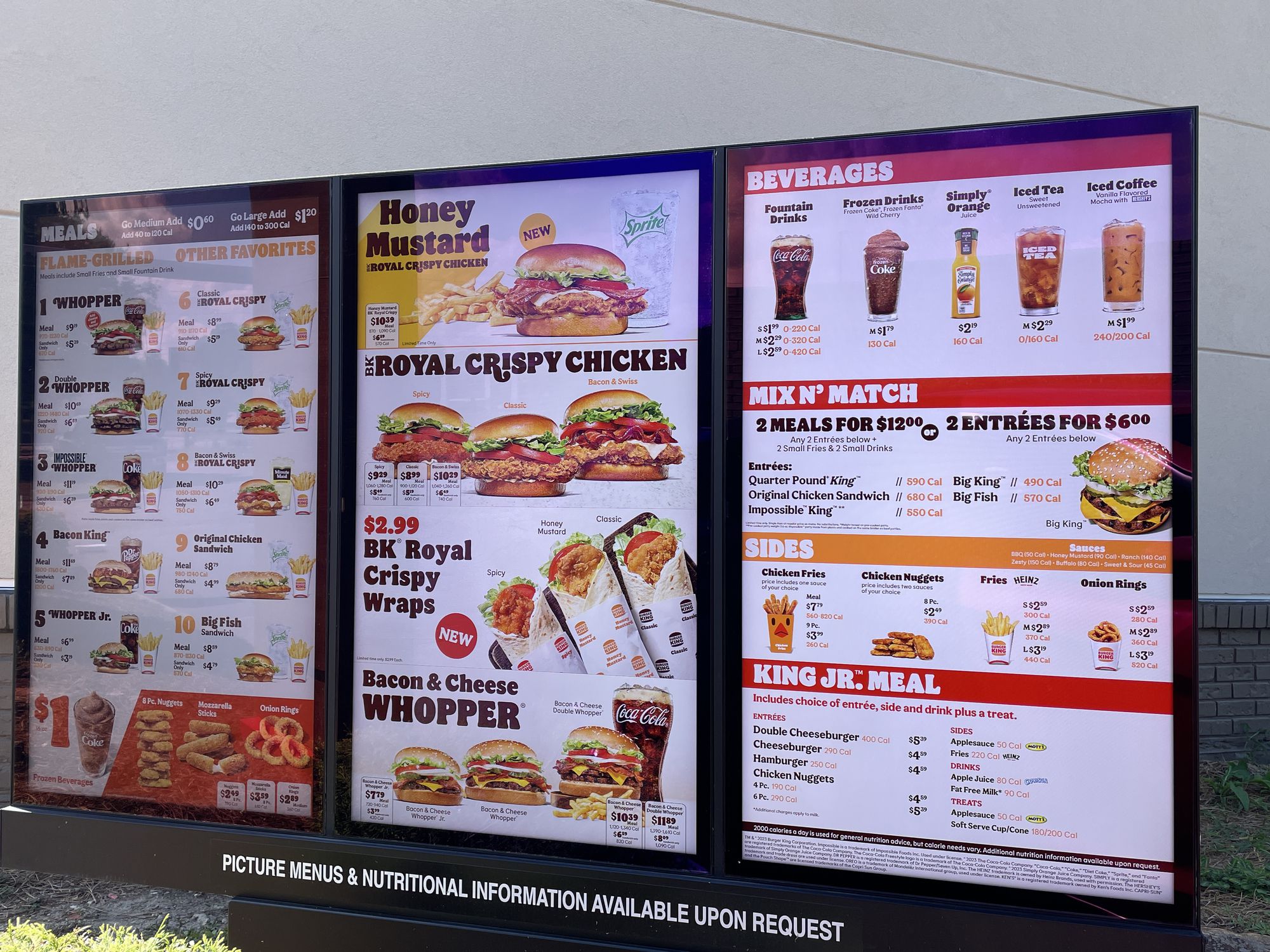
The more confusing the menu board in the restaurant and drive-thru, the better, as far as fast-food companies are concerned. What used to be a simple list of items and categories, similar to sit-down restaurants, is now a jumble. Sometimes, the screens even change as you’re looking at them. And that value menu? It’s going to be off to the side or somewhere else even more hidden, so that you are more likely to order the expensive stuff that’s shown more predominantly.
For more fast-food tips, please sign up for our free newsletters.
